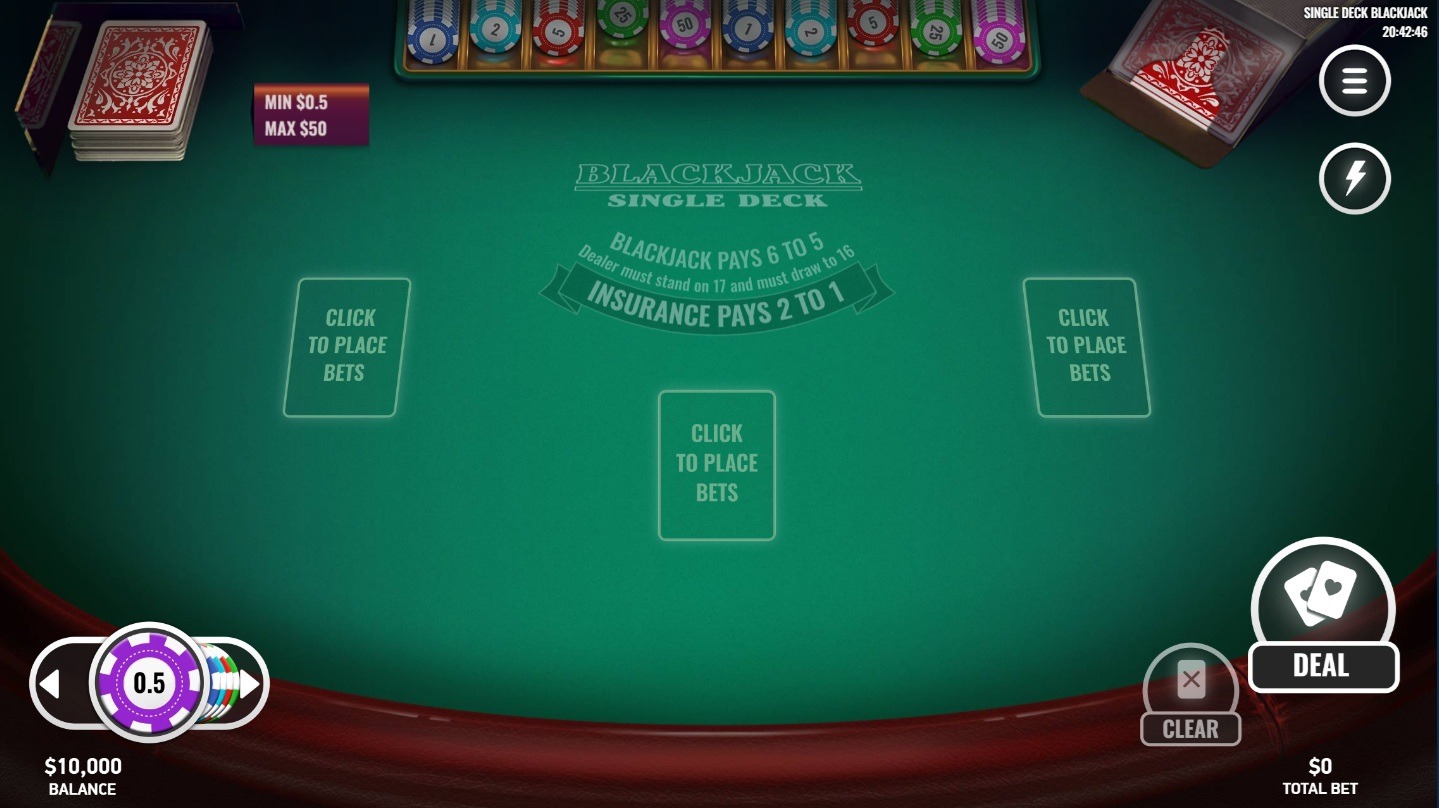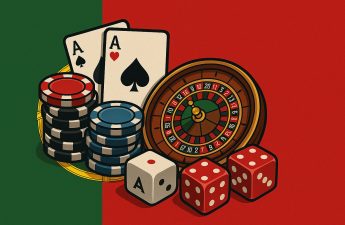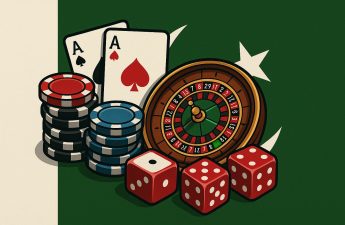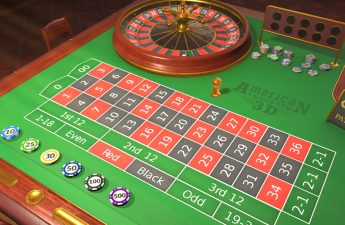В блэкджеке мягкие 17— это рука, содержащая туз, который можно считать как 1 или 11, вместе с другими картами, дающими в сумме 17. Это считается относительно слабой рукой, которую дилер может легко побить. С мягкими 17 у вас есть возможность либо взять карту, либо остановиться в зависимости от открытой карты дилера. Идеальная стратегия — взять карту против 2-6 дилера, но остановиться против 7-туз. Если дилер берет карту при мягких 17, это увеличивает преимущество казино, тогда как стоящая карта дилера дает вам небольшое преимущество. Чтобы узнать больше о нюансах стратегии мягких 17, читайте дальше.
Определение мягкой руки
Мягкая рука в блэкджеке— это любая рука, включающая туз, который можно считать как 1 или 11 без риска перебора. Это дает игроку больше гибкости, так как он может брать дополнительные карты, не опасаясь превысить 21.
Мягкая рука разыгрывается иначе, чем жесткая рука, так как наличие туза меняет идеальную стратегию. Например, мягкая 17— это рука с тузом и другими картами, дающими в сумме 17, где туз может считаться как 1 или 11. Это считается относительно слабой рукой, так как дилер может легко ее побить, если он поймает свою руку.
Мягкие руки обеспечивают гибкость, поскольку игрок может корректировать ценность туза в зависимости от ситуации. Это позволяет ему принимать решения, которые минимизируют риск перебора. Напротив, жесткие руки не имеют такой возможности, поскольку общая ценность руки фиксирована.
Понимание Софт 17
Что делает мягкие 17 уникальными в блэкджеке? В мягкой руке туз считается как 1 или 11, что позволяет вам брать карту без страха проиграть. С мягкими 17 у вас есть возможность либо брать карту, либо остановиться, в зависимости от открытой карты дилера. Это отличается от жестких 17, где вы должны остановиться.
Идеальная стратегия для мягких 17 — брать против 2-6 дилера, но стоять против 7-туз дилера. Это потому, что дилер с большей вероятностью проиграет с низкой картой. Однако, если у дилера сильная рука, лучше стоять и надеяться, что дилер не улучшит.
Мягкий 17 против жесткого 17
Мягкие 17 рук в блэкджеке заметно отличаются от жестких 17 рук. Мягкие 17 рук содержат туз, который может считаться как 1 или 11, и являются более гибкими. Игрокам обычно следует брать мягкие 17, но останавливаться на жестких 17, так как 17 недостаточно сильная рука, чтобы останавливаться на мягкой сумме.
| Мягкий 17 | Тяжёлый 17 | |
|---|---|---|
| Гибкость | Более гибкий | Фиксированный итог |
| Правило дилера | В некоторых казино дилеру разрешается брать карты, в других разрешается остановиться. | Дилер должен ударить |
| Стратегия | Удар мягкий 17 | Стой на твердом 17 |
Подсчет карт может корректировать стратегию для рук soft 17, например, удвоение против определенных открытых карт дилера, когда счет благоприятен. Правило soft 17 дилера влияет на преимущество казино, и некоторые казино дают игроку преимущество, позволяя дилеру остановиться на soft 17. Понимание различий между soft 17 и hard 17 имеет решающее значение для базовой стратегии игры в блэкджек.
Правила дилера для Soft 17
В блэкджеке игра дилера на мягких 17 может значительно повлиять на преимущество игрока. Большинство казино требуют, чтобы дилер остановился на мягких 17, что немного выгодно для игрока.
Однако некоторые казино заставляют дилера брать карту при мягких 17, увеличивая преимущество заведения примерно на 0,2%.
Дилер должен остановиться/взять карту
Решение дилера о том, остановиться или прикупить при Soft 17, является важнейшим аспектом игры. В играх Soft 17 дилер должен остановиться при руке Soft 17 или выше, в то время как в играх Hard 17 дилер должен прикупить при руке Soft 17. Это, казалось бы, незначительное различие в правилах может оказать существенное влияние на динамику игры и преимущество казино.
Если дилер берет карту при Soft 17, преимущество заведения над игроком увеличивается примерно на 0,2%, что делает игры Soft 17 более выгодными для казино.
Игры «Soft 17» более распространены в американском блэкджеке по сравнению с международными версиями, где дилер должен остановиться на «Soft 17».
Правило Soft 17 является одним из важнейших правил игры в блэкджек, уступая только количеству колод и выплатам в блэкджеке, поскольку оно напрямую влияет на ожидаемый доход игрока при игре в Soft 17 в блэкджеке.
Влияние на преимущество игрока
Дилер, останавливающийся на мягких 17 (вместо того, чтобы брать), дает вам немного большее преимущество по сравнению с дилером, берущим на мягких 17. Игры, в которых дилер берет на мягких 17 (H17), имеют примерно на 0,2% большее преимущество казино по сравнению с играми, в которых дилер останавливается на мягких 17 (S17). В играх H17 повышенный шанс дилера на перебор немного компенсируется его повышенным шансом улучшить свою руку, что в конечном итоге приносит пользу казино.
Взгляните на таблицу ниже, чтобы увидеть влияние правила «мягких 17» на ваше преимущество:
| Правило дилера | Преимущество игрока |
|---|---|
| Дилер берет мягкие 17 (H17) | 99.62% |
| Дилер останавливается на Soft 17 (S17) | 99.82% |
Знание того, является ли игра H17 или S17, необходимо для того, чтобы правильно настроить свою базовую стратегию и максимизировать долгосрочную прибыль. Играя с мягкой рукой, вы можете воспользоваться повышенной вероятностью проигрыша дилера в играх S17.
Стратегии для Soft 17
Когда вам раздают мягкие 17 в блэкджеке, лучшая стратегия— всегда брать карту, независимо от открытой карты дилера. Это потому, что взятие мягких 17 дает больше шансов улучшить вашу руку и в конечном итоге выиграть игру.
В блэкджеке стратегии борьбы с мягкими 17-ю очками следующие:
- Никогда не стойте на мягких 17, так как удар по руке — лучшая стратегия.
- Удваивайте ставку при мягких 17, когда открытая карта дилера составляет от 3 до 6 для игр с двумя и несколькими колодами или от 2 до 6 для игр с одной колодой.
- В случае мягких 17-карт с несколькими картами берите еще одну руку, если правила не разрешают удваивать ставку на мягких руках.
Счетчики карт редко отклоняются от базовой стратегии на мягких 17, так как корректировка игры дает небольшой выигрыш. Кроме того, дилер, стоящий на мягких 17, немного выгоден для игроков по сравнению с дилером, берущим мягкие 17. Следуя этим стратегиям, игроки в блэкджек могут максимизировать свои шансы на победу с мягкими 17.
Преимущества Soft 17
Наличие мягкой руки 17 в блэкджеке увеличивает вероятность выигрыша и улучшает гибкость ставок. Поскольку туз можно считать как 1 или 11, вы можете лучше маневрировать своей рукой, не рискуя проиграть.
Это дает вам преимущество перед казино, особенно в играх, где дилер должен взять мягкие 17.
Увеличение вероятности выигрыша
Одним из основных преимуществ мягких 17 в блэкджеке является повышенная вероятность выигрыша. В одноколодных играх вы можете удвоить свои мягкие 17 против открытой карты дилера 2-6, что значительно увеличивает ваши шансы на победу. Такая гибкость позволяет вам воспользоваться благоприятными ситуациями и максимизировать свой выигрыш.
Более того, прикупив мягкие 17, вы избежите риска перебора, в отличие от упора на жесткие 17. Прикупив, вы можете улучшить свою руку, не опасаясь превысить 21 очко. Это особенно выгодно, когда рука дилера слаба, так как у вас есть возможность взять карты, которые могут дать вам более сильную руку.
- Статистика показывает, что попадание на мягкую отметку 17 имеет слегка положительное ожидаемое значение, в то время как стояние на ней имеет слегка отрицательное ожидаемое значение.
- В играх, где дилеру необходимо брать мягкие 17, преимущество заведения немного увеличивается по сравнению с играми, где дилер останавливается на мягких 17.
- Получение мягких 17 очков позволяет вам лучше реагировать на руку дилера и количество колод в игре, увеличивая ваши общие шансы на победу.
Улучшенная гибкость ставок
Мягкая рука 17 в блэкджеке дает вам большую гибкость в ставках по сравнению с жесткой рукой 17. С мягкой рукой 17 вы можете взять дополнительную карту, не опасаясь перебора, поскольку туз можно считать как 1 или 11.
Такая гибкость позволяет вам потенциально увеличить свой выигрыш, удваивая ставку, когда дилер показывает от 3 до 6. Прикуп при мягких 17 часто является идеальным ходом, так как это дает вам шанс улучшить свою руку, а не просто стоять и надеяться, что дилер проиграет.
Счетчики карт могут выбрать брать карты вместо удвоения на мягких 17 против дилера 3-6, если текущий счет неблагоприятен, что подчеркивает стратегические возможности, доступные вам. Возможность взять дополнительную карту на мягких 17 без риска перебора делает это более выгодной рукой для вас по сравнению с жесткими 17, так как вы можете заставить свою руку с мягкими 17 работать в свою пользу при игре в блэкджек.
Часто задаваемые вопросы
В чем разница между Soft 17 и Hard 17?
Мягкие 17 дают вам больше гибкости для увеличения ценности вашей руки, в отличие от жестких 17 с фиксированным итогом. Обычно вам следует брать мягкие 17, но стоять на жестких 17, чтобы минимизировать риск проигрыша.
Что такое правило «мягких 17» в блэкджеке?
Когда у вас мягкие 17 в блэкджеке, вы можете брать карты без риска проиграть. Эта стратегия игры снижает преимущество казино, поскольку позволяет вам принимать идеальные решения игрока на основе вероятностных расчетов и управления рисками.
Лучше ли дилеру брать Soft 17?
Обычно лучше, чтобы дилер взял мягкие 17, так как это немного увеличивает преимущество казино. Это может быть не самым дружественным к игроку правилом, но это важное соображение для стратегий подсчета карт и понимания математической динамики игры.
Два туза и пятерка — это мягкие 17?
Нет, 2 туза и 5 — это не мягкие 17, это рука на 18 очков. В мягких 17 есть туз, который можно считать как 1 или 11, что дает вам в общей сложности 17 очков. Эта рука играется по-другому из-за своей гибкости.
Заключение
В блэкджеке мягкие 17— это рука, включающая туз, который можно считать как 1 или 11. Это дает вам больше гибкости, чтобы взять карту или остановиться по сравнению с жесткими 17. В то время как дилер должен взять карту при мягких 17, вы можете использовать различные стратегии, чтобы максимизировать свои шансы на победу. Преимущество мягких 17 в том, что они снижают преимущество казино, позволяя вам играть более эффективно.




